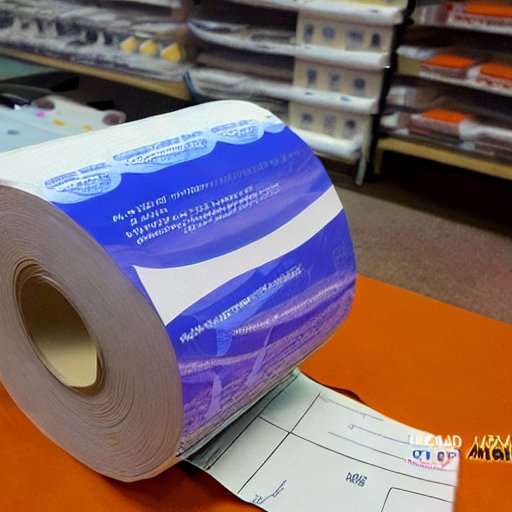
Thermal paper is widely used in various industries for printing receipts, labels, tickets, and other applications. It is known for its convenience, cost-effectiveness, and ability to produce high-quality prints without the need for ink or toner. However, when it comes to thermal paper, many people wonder if there are different thickness options available. In this article, we will explore the topic of different thicknesses of thermal paper.
Thermal paper is manufactured by coating a base paper with a layer of special chemicals that are heat-sensitive. When heat is applied, such as from a thermal printer, the chemicals react and create the printed image or text. The thickness of the base paper and the coating layer can vary, resulting in different overall thicknesses of thermal paper.
In the market, you can find thermal paper in a range of thicknesses. The most common thicknesses are 55 GSM (grams per square meter), 58 GSM, 65 GSM, and 80 GSM. GSM is a measurement unit used to determine the weight and thickness of paper. A higher GSM indicates a thicker and more durable paper.
The choice of thermal paper thickness depends on the specific requirements of the application. For example, in situations where receipts or labels need to withstand frequent handling or exposure to harsh conditions, opting for a higher GSM thermal paper would be recommended. It offers enhanced durability and resistance to wear and tear.
On the other hand, in applications where space is a concern or frequent paper roll changes are expected, a lower GSM thermal paper may be preferred. It is thinner and lighter, allowing for more paper to be stored in the roll and reducing the frequency of replacements.
It is worth noting that different thermal printers may have limitations on the thickness of paper they can accommodate. Therefore, it is essential to check the printer’s specifications and recommended paper thickness range before purchasing thermal paper.
Apart from thickness, other factors such as print quality, image retention, and compatibility with specific printers should also be considered when selecting thermal paper.
In conclusion, yes, there are different thicknesses of thermal paper available in the market. The choice of thickness depends on the specific requirements of the application, with higher GSM providing increased durability and lower GSM offering space-saving advantages. It is important to consider the printer’s capabilities and requirements when selecting the appropriate thermal paper thickness. By understanding these factors, you can choose the right thermal paper that meets your needs and ensures optimal performance in your printing applications.